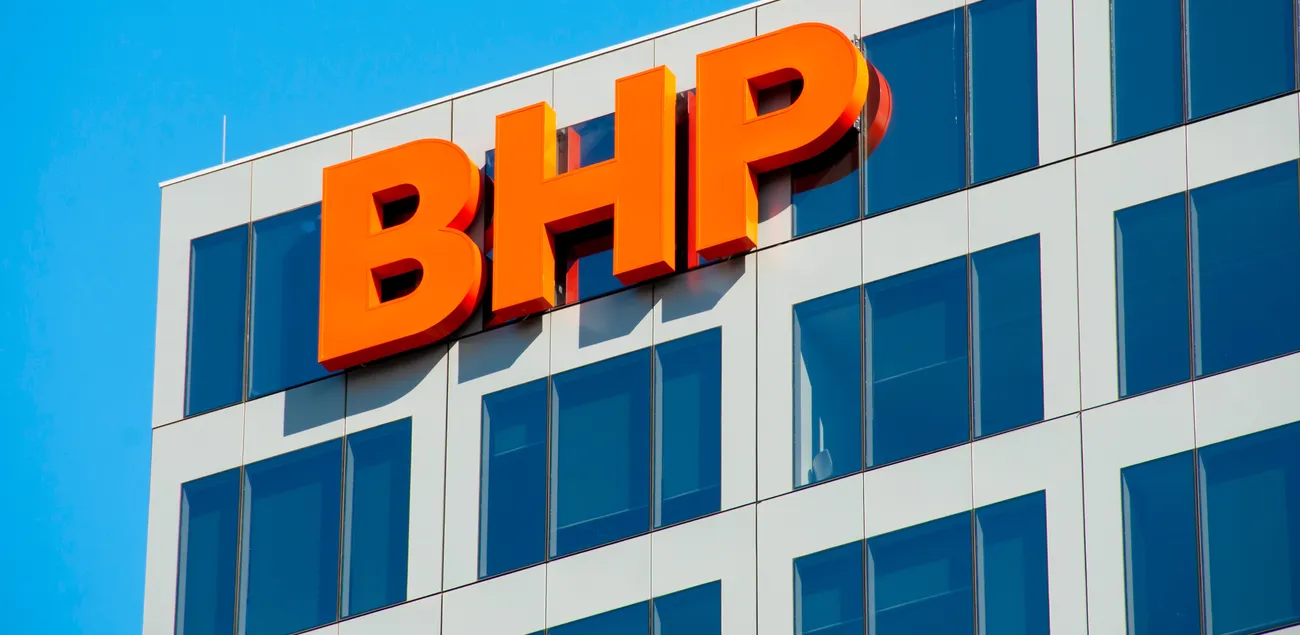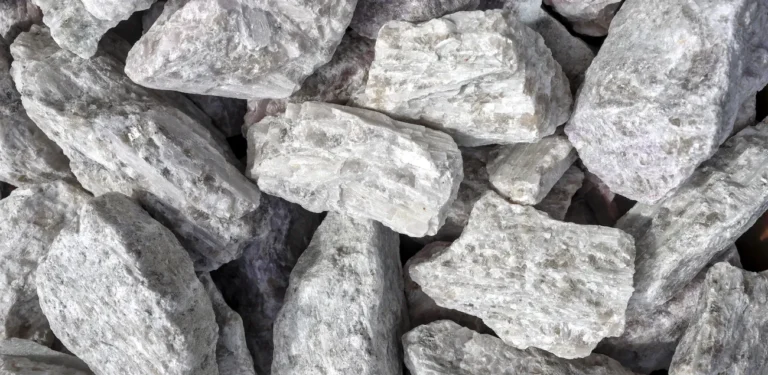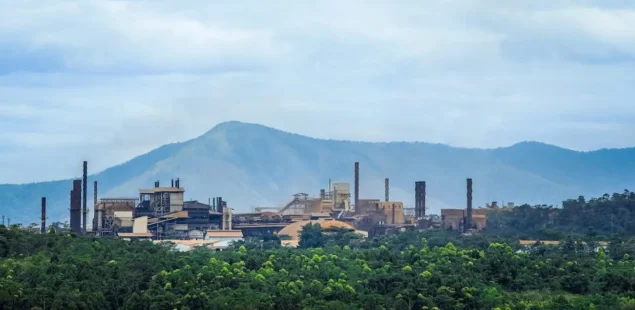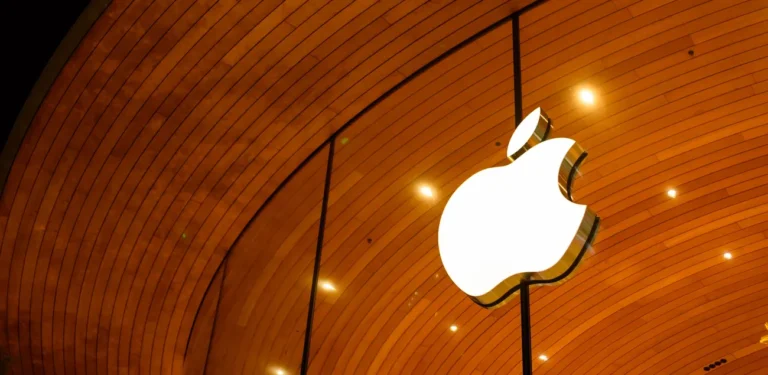
BHP, diversified miner, reported underlying attributable profit of $10.16 billion for the year to 30 June, down 26% year on year and below the Visible Alpha consensus of $10.22 billion, as softer iron ore prices outweighed firmer copper. The world’s largest listed miner also set its lowest full-year dividend since 2017 and lifted its net-debt target, while signalling a slower pace of capital and exploration spending late in the decade.
Earnings and payout
BHP’s result was its weakest since 2020. The company declared a final dividend of $0.60 per share, down from $0.74 a year earlier. The full-year payout of $1.10 per share exceeded the $1.01 consensus but marked an eight-year low. Iron ore, its biggest earner, saw a 19% decline in the average realised price over the period, denting margins even as copper—BHP’s second-largest profit contributor—benefited from stronger pricing.
Chief executive Mike Henry said commodity demand “remained resilient” despite an uncertain macro backdrop. “Policy uncertainty, particularly around tariffs, fiscal policy, monetary easing, and industrial policy, has been elevated and continues to influence investment and trade flows,” he noted.
Market drivers: iron ore versus copper
Additional supply from Australia, Brazil and South Africa, alongside lower steel production in top consumer China, weighed on iron ore benchmarks through the financial year, compressing BHP’s realised prices. Copper provided a partial offset as prices improved, but not enough to counter the drag from iron ore. The demand picture, BHP said, is still supported by long-term themes in steelmaking materials, copper and fertilisers tied to urbanisation and the energy transition.
Capital allocation and balance sheet
In a signal of confidence in its pipeline and cash-flow capacity, BHP raised its net-debt target range to $10–20 billion from $5–15 billion. The group plans to spend $11 billion on growth projects and exploration over the next two years, up from $9.79 billion in fiscal 2025. Beyond that, spending is set to moderate, with an average of about $10 billion annually between 2028 and 2030.
Project pipeline and portfolio setting
Execution risks stepped into focus in July when BHP flagged a delay and a cost overrun of up to $1.7 billion at the Jansen potash project in Canada. Potash remains a pillar of the company’s fertiliser push, but the revised budget underscores inflationary and project-delivery pressures across the sector. In portfolio moves, BHP exited its interest in Tanzania’s $942 million Kabanga nickel project, narrowing exposure to a metal where market conditions have been volatile.



